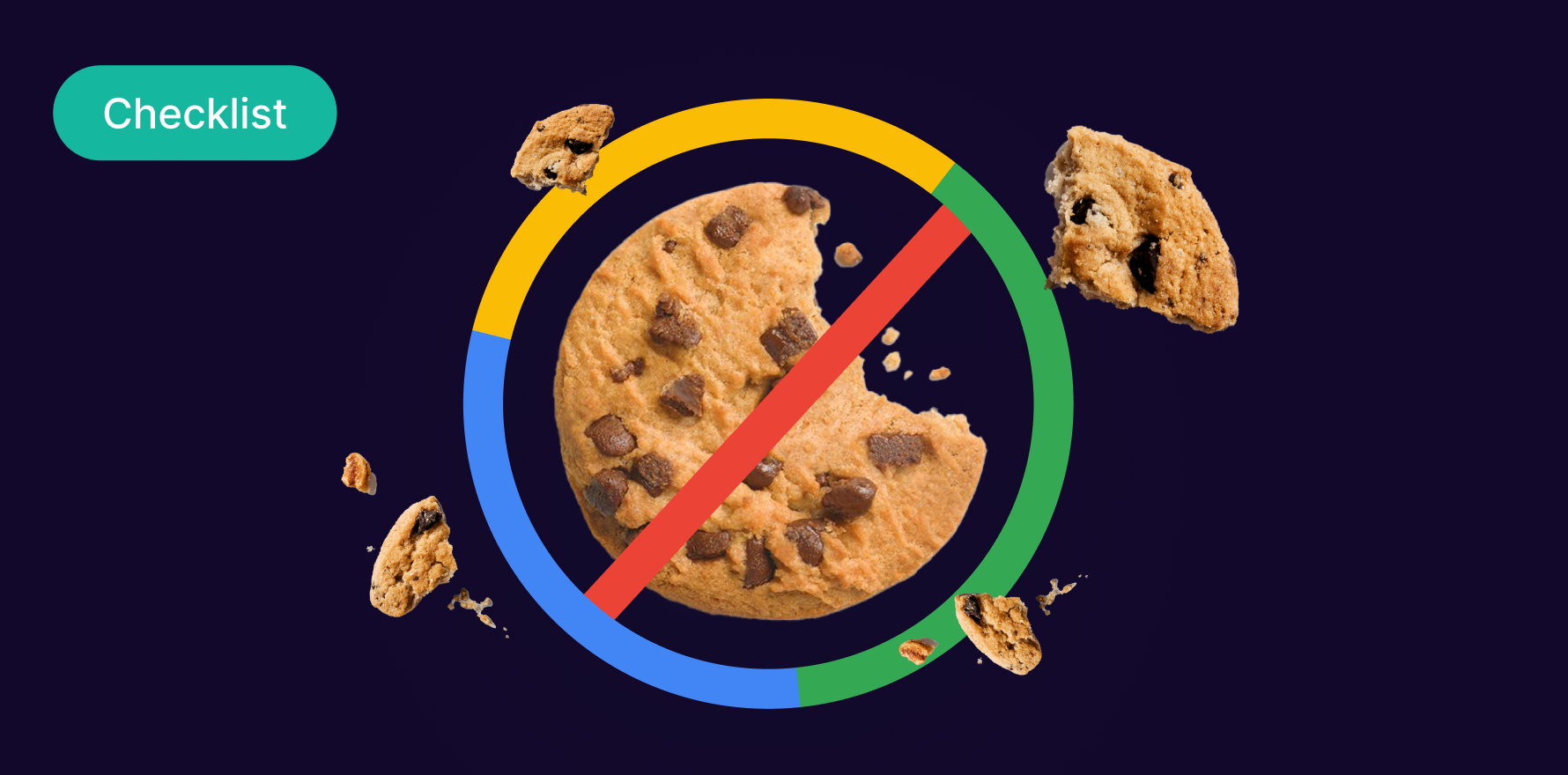What is Inventory turnover rate?
In a retail or ecommerce context, the Inventory turnover rate is a key performance indicator (KPI) that assesses the efficiency in inventory management. It gauges how adequately a business maintains inventory levels and its capability in turning inventory into revenue. By quantifying the speed with which an enterprise can sell its products, it provides fundamental insights into sales performance, the popularity of items, and overall business efficiency.
Formula
Inventory Turnover Rate = Cost of Goods Sold (COGS) / Average Inventory Value
Example
- Let’s say an online retail store, XYZ Electronics, had a COGS of $500,000 over the course of a year. At the beginning of the year, their inventory was valued at $100,000, and at the end of the year, it was valued at $80,000.
- Using the formula:
- Inventory Turnover Rate = $500,000 / (($100,000 + $80,000) / 2)
- = 5.56 times per year
- This indicates that, on average, they sold and replaced their inventory 5.56 times during the year, which is a measure of how efficiently they manage their inventory.
Why is Inventory turnover rate important?
A higher inventory turnover rate indicates robust sales and efficient inventory management. It also implies lower holding costs and reduced possibilities of inventory obsolescence. Conversely, a lower turnover rate might suggest overstocking or poor sales performance.
Which factors impact Inventory turnover rate?
The turnover rate can be impacted by factors like the nature of the industry, market demand, seasonality, pricing strategies, product life cycles, competitive landscape, and overall economic conditions.
How can Inventory turnover rate be improved?
Improving the inventory turnover rate involves tactics like perfecting inventory management, implementing just-in-time inventory systems, enhancing marketing strategies, and refining product pricing.
What is Inventory turnover rate’s relationship with other metrics?
Inventory turnover rate is interconnected with other ecommerce metrics such as gross profit margin, days inventory outstanding (DIO), and working capital ratio. It can inversely impact gross profit margin as a faster turnover can mean lower profit per item. Higher DIO can suggest lower inventory turnover. A higher turnover rate can contribute to a lower working capital ratio, signifying a more liquid firm.
Free essential resources for success
Discover more from Lifesight

















